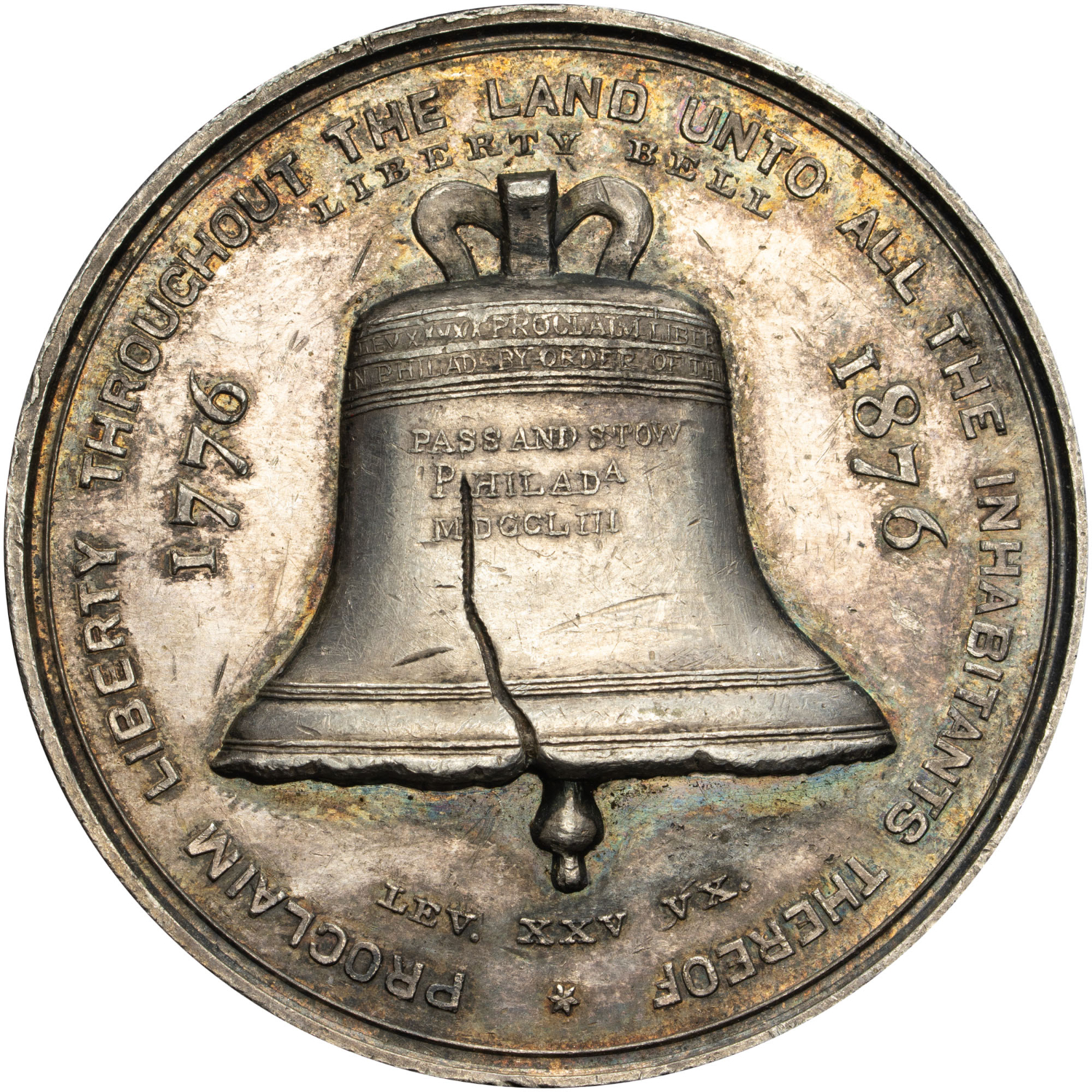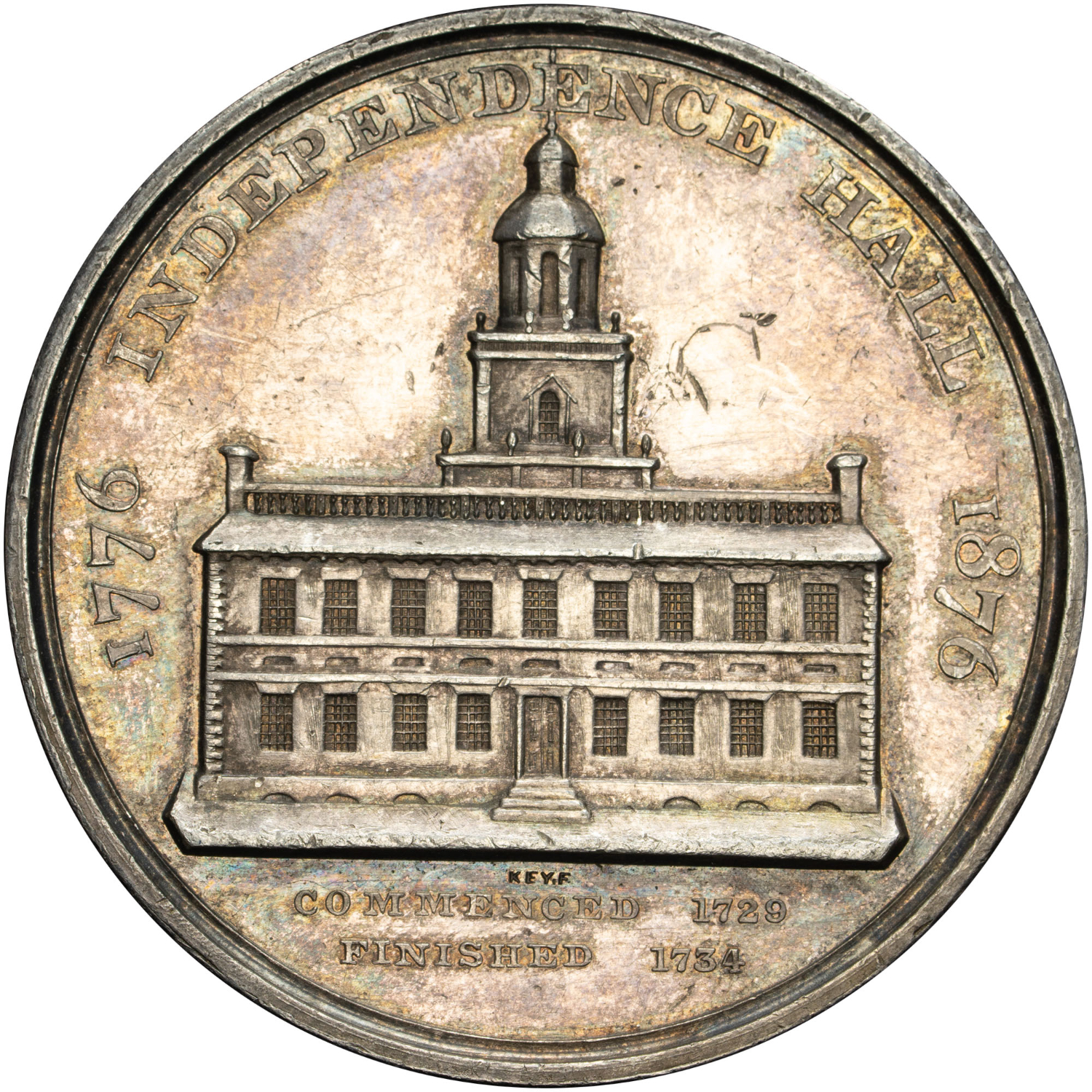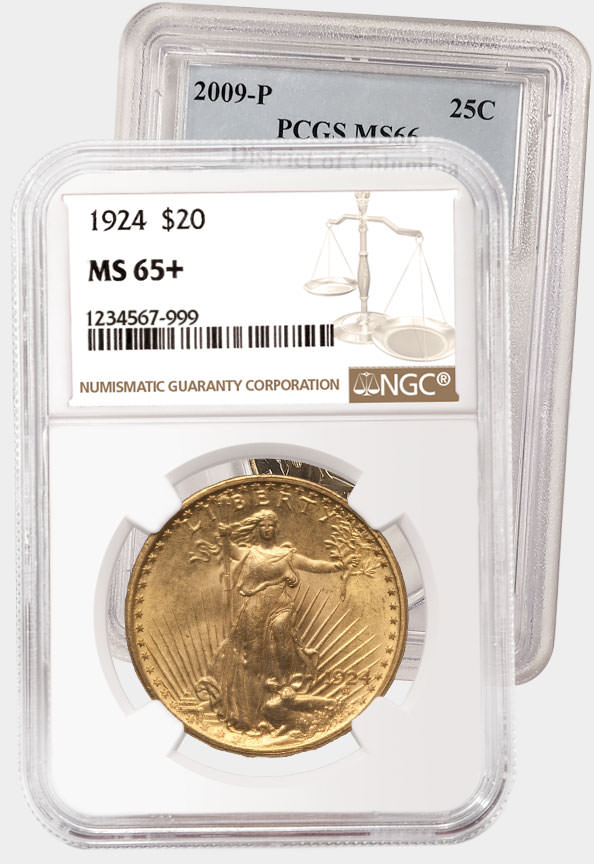Jeff Garrett: Collecting So-Called Dollars
Posted on 10/17/2024
 |
One of the best things about being a rare coin dealer is having the opportunity to handle great coin collections. Many of the collections I have been able to purchase over the years were assembled by serious numismatists who appreciated the series they were students of. Most of the collections that have come across my desk were purchased, prepared for resale and distributed through my various sales channels. In the last several decades, we have bought and sold thousands of numismatic collections.
Occasionally, I am able to purchase a collection that sparks my own numismatic collecting interests. Like most collectors, I soon become obsessed and start looking everywhere possible to find items to expand the collection. This has happened several times, and it proves that I am a collector at heart, even though I sell the vast majority of the numismatic material we encounter.
Many years ago, a fellow dealer handled a magnificent collection of Small and Large Size Kentucky National Bank Notes. The Large Size notes were priced in the seven figures and far beyond my personal collecting budget. These were sold at auction the same year.
I was able to buy the partially complete set of Small Size Kentucky Nationals and soon the hunt was on to complete the collection. A Small Size note from Horse Cave, Kentucky, was the final piece of the puzzle needed, and of course I snapped it up despite the irrational price. Collectors hate holes in their collection, and I am no different.
Another really interesting collection that came my way was an extensive collection of So-Called Dollars. I knew very little about the series until this collection was offered to me for sale. The initial purchase was for about 200 coins, and I took a leap of faith buying them. Shortly thereafter, I decided to start collecting So-Called Dollars for my personal interests.
The series is somewhat complicated, so I reached out to the one expert I knew who could help: Jeff Shevlin. Jeff specializes in the series and has a wealth of knowledge for anyone who takes an interest in the coins he loves.
Over the years, Jeff has sold me some great So-Called Dollars to expand my collection and has taken time to teach me more about them. I reached out to Jeff to answer some questions about the series to help anyone who might like to explore something new to collect. His answers are insightful, and I’m grateful he took the time to help our exploration of the series.
1. Can you explain what So-Called Dollars are?
Jeff Shevlin: So-Called Dollars (SCDs) are an intriguing niche within the overall field of numismatics that offers collectors a unique blend of history, artistry and rarity. So-Called Dollars are medals struck to commemorate events in United States history. They are approximately the size of a US Silver or Gold Dollar.
2. Tell us about yourself and how you became the leading authority on So-Called Dollars.
Jeff Shevlin: I remember when I was five years old, my dad and I would go through his change and put Cents into my coin folders. As a young adult, I collected most of the popular US coins series. I joined many clubs and became very involved in the hobby, becoming an officer and often president of the various clubs and organizations.
 |
As a collector in my 30s, I was flying to the 15 largest coins shows in the US looking for coins for my collections. A chance purchase of a historical medal at a local coin club auction turned out to be a So-Called Dollar. I purchased the book on the subject by Hibler & Kappen, and within a few years my interests switched from US coins to So-Called Dollars.
In the late 1980s, I started setting up at major coin shows buying and selling So-Called Dollars exclusively. I have given more than 100 presentations on So-Called Dollars and set up dozens of exhibits. My co-author Bill Hyder and I have written dozens of articles and published four books on the subject. I am a consultant to all of the major grading and auction firms on So-Called Dollars.
3. What are the standard references for the subject and where can readers find out more information about So-Called Dollars?
Jeff Shevlin: Until recently, the standard reference was the book titled "So-Called Dollars" by Hibler & Kappen that was published in 1963 and was reprinted in 2008. Their book was a great reference in its day, but it is obsolete now. It's now missing hundreds of medals and has a catalog numbering system that is broken and not expandable.
In 2023, Bill Hyder and I authored the new standard reference book "So-Called Dollars Volume I: United States Expositions." It covers all of the SCDs related to expositions, about half of the series. Volume II, due out in a few years, will cover the remainder of the series, including other historically significant So-Called Dollars.
The best online reference is the So-Called Dollar Collectors website, so-calleddollar.com. The site has information on SCDs, hundreds of SCDs for sale, books for sale on the subject, discussions, blogs, want-lists and dozens of SCD articles published on the resources page.
4. So-Called Dollars seem to be a relatively large subject and cover a lot of different types of medals. What are some of the most popular ways to collect them?
Jeff Shevlin: Collecting SCDs falls into two major categories: About half of them are related to an exposition, like the 1893 Columbian Exposition, the other half are related to a historical US event, like the 1826 completion of the Erie Canal. They were struck in every composition imaginable, including gold, silver, copper, bronze, brass, white metal, aluminum and numerous other compositions. Many were engraved and struck by the US Mint and others were privately issued.
 |
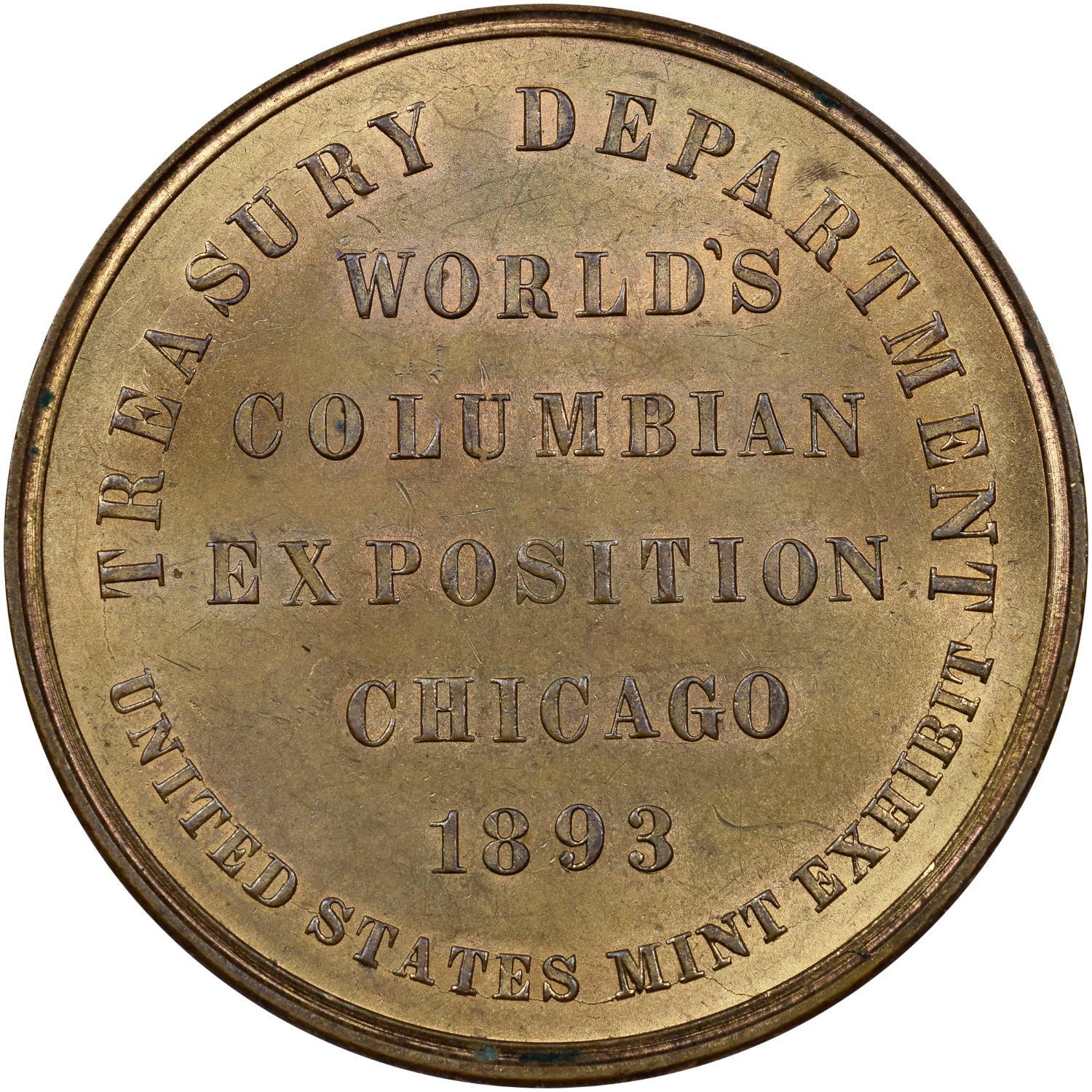 |
|
 |
 |
|
| An 1893 World's Columbian Exposition So-Called Dollar (top) and an 1826 Erie Canal Completion So-Called Dollar from NGC Coin Explorer Click images to enlarge. |
||
There are dozens of ways to collect SCDs. Some collectors have an interest in a particular exposition or series of expositions. Others collect by regional areas, such as places where they have lived. Some have an interest in the bronzed Proofs from the late 1800s, and some collect gold, silver or a particular composition like aluminum.
Another popular area is collecting famous people such as Washington, Grant and Lincoln, as well as medals commemorating battles such as those fought in the Revolutionary War. Important events like the gold and silver platform on the late 1800s, Lesher Dollars, Bryan Dollars, Pedley-Ryan Dollars, Dickeson’s medals from the 1860s and Thomas Elder medals are all popular areas with collectors.
5. How important is condition in the field of So-Called Dollars?
Jeff Shevlin: Just like US coins, condition is important to most collectors, but about half of the series can be collected in Choice Brilliant Uncirculated for $50 to $350. So, a lot of collectors are looking for the different types, many that are quite scarce. Unlike US coins, if there are 100 or more known, it is considered common.
You could put together a collection of several hundred SCDs with a population of less than 100 known. It would take you years to complete and it would be affordable for most collectors.
6. Many So-Called Dollars were struck in different metals. How important is that for collectors? And do most just buy one of the design and type or try to buy examples in all metals issued?
Jeff Shevlin: So-Called Dollars were struck for collectors, so most were struck in multiple compositions. Some compositions might be common, while others are quite scarce. Most collectors interested in a particular series want one of each composition, but collectors putting together a type collection are happy with just one composition of each type.
7. What are a few of the most iconic So-Called Dollars and how often do they appear for sale?
Jeff Shevlin: There are dozens of iconic SCDs that generate a lot of interest when they appear, because it can be years or decades between appearances. The 1826 Erie Canal Completion struck in gold and silver always draws attention. Other great rarities include the 1920 Gold Wilson Dollar, the 1869 Grant Pacific Railway Completion medal in silver, the 1875 Battle of Lexington in gold and silver, the 1878 Washington Valley Forge SCD in silver, the 1904 Roosevelt in silver and the various medals issued in the 1860s by Professor Montroville Dickeson.
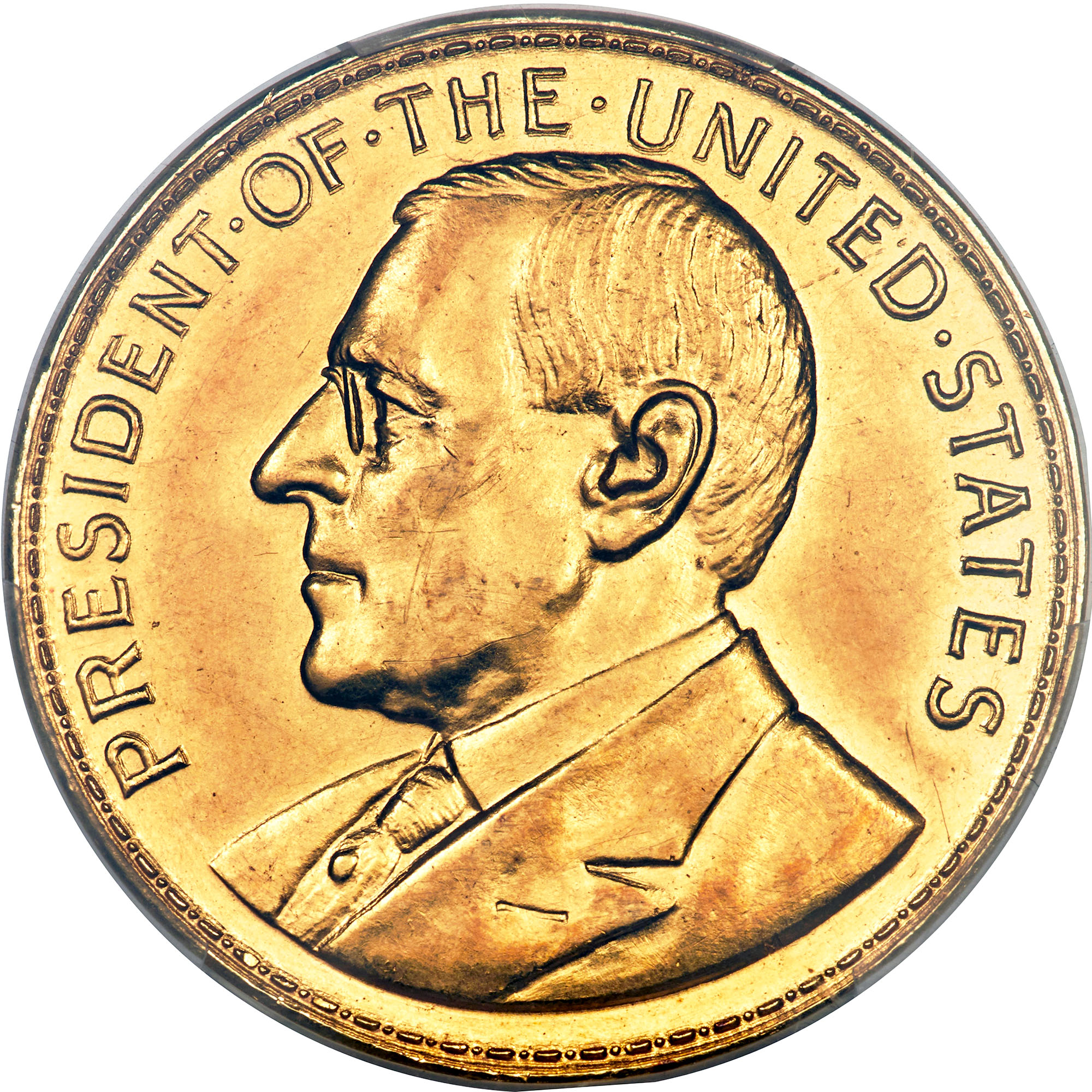 |
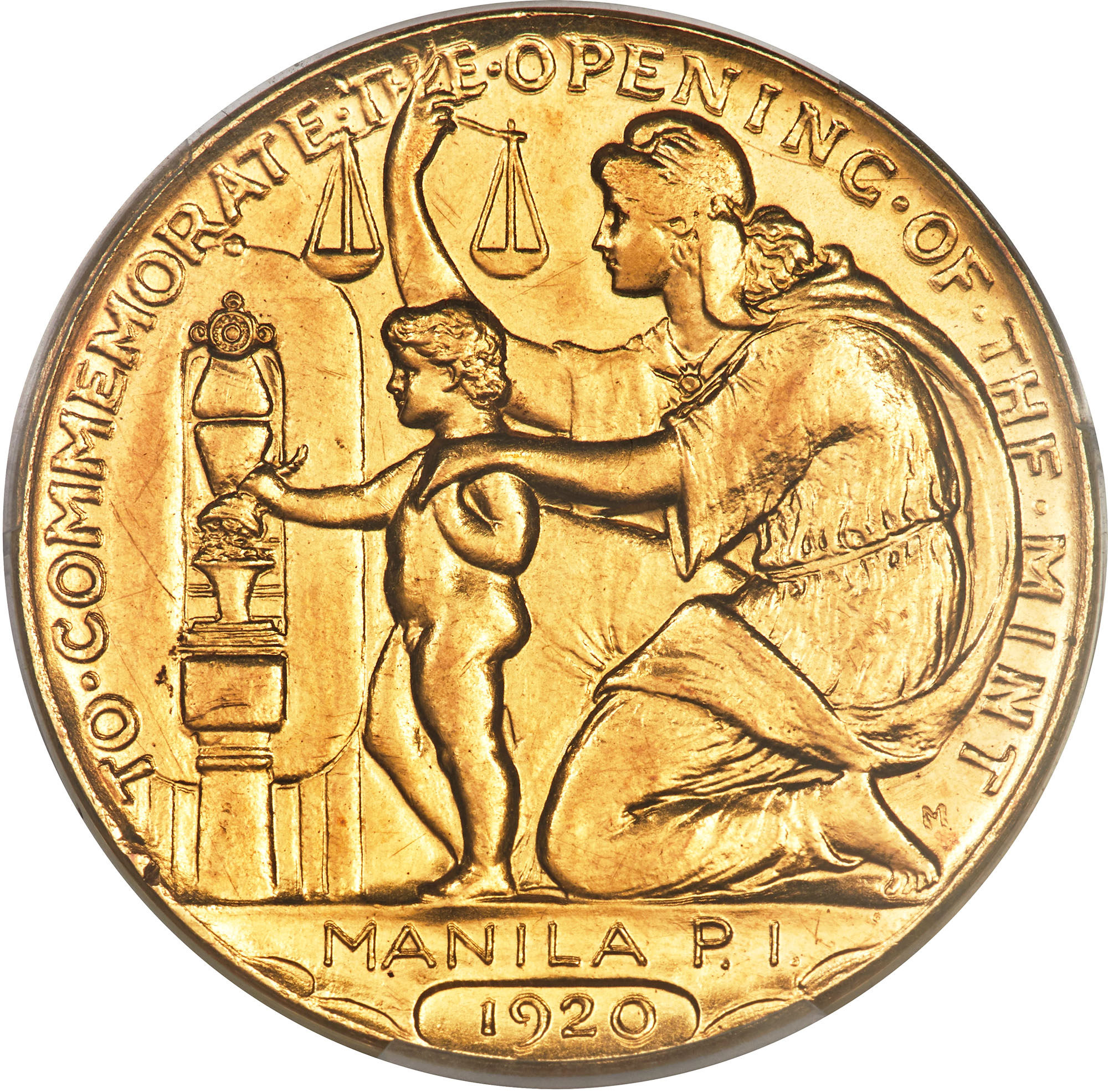 |
|
 |
 |
|
| A 1920 Gold Wilson Dollar (top) and an 1875 Battle of Lexington So-Called Dollar from NGC Coin Explorer Click images to enlarge. |
||
8. What is your personal favorite So-Called Dollar?
Jeff Shevlin: My personal favorites are the 65 various silver medals issued for the 1876 Centennial Exposition, and in most cases, just two to three of each were struck. My favorite is the 1876 Liberty Bell SCD engraved by William H. Key of the US Mint. It has a high relief of the Liberty Bell on one side and Independence Hall on the other. It was the first SCD that I purchased and that changed my life.
9. What are your thoughts on how NGC grades and attributes the series? Any suggestions for them?
Jeff Shevlin: NGC has certified more So-Called Dollars than all of the other grading firms combined. They have done a good job and provide a valuable service to the collecting community. The challenge they face is that it takes several years to learn the idiosyncrasies of the medals issued, and when an experienced grader leaves and a new person steps in, there are periods of inconsistency.
10. Did the US Mint produce any medals that are considered So-Called Dollars, and are these more collectible?
Jeff Shevlin: The US Mint and US Mint engravers issued hundreds of So-Called Dollars. There were 67 expositions held in the US that struck SCDs, and in most cases, the US Mint struck the "official medal" for the exposition. Morgan, Barber, Key, Soley and others engraved dozens of SCDs, and other engravers who had commissions with the US Mint, such as Saint-Gaudens, Robert Aitken and numerous others, did as well.
11. Other than yourself, who are some of the other dealers in the country who sell So-Called Dollars?
Jeff Shevlin: So-Called Dollars can be found at any medium to large coin show, but they can be difficult to find because they are so much scarcer than US coins. There are just a few dealers who regularly have a small inventory of SCDs, but I am the only person that deals in them exclusively, with a significant inventory of hundreds to choose from. I attend the 15 largest coin shows in the US, buying and selling So-Called Dollars.
12. Give us your summary advice for anyone thinking about collecting So-Called Dollars.
Jeff Shevlin: My advice for someone thinking about collecting So-Called Dollars is to buy the new standard reference book first. Take some time to learn about the diversity in the series and decide what topical areas appeal to you the most. Because of their scarcity and affordability, SCDs have been growing in popularity. When you buy a So-Called Dollar, take the time to research it, they all have a story to tell you.
Want to see more articles like this? Subscribe to the free NGC Weekly Market Report.
Related Links:
Stay Informed
Want news like this delivered to your inbox once a month? Subscribe to the free NGC eNewsletter today!
